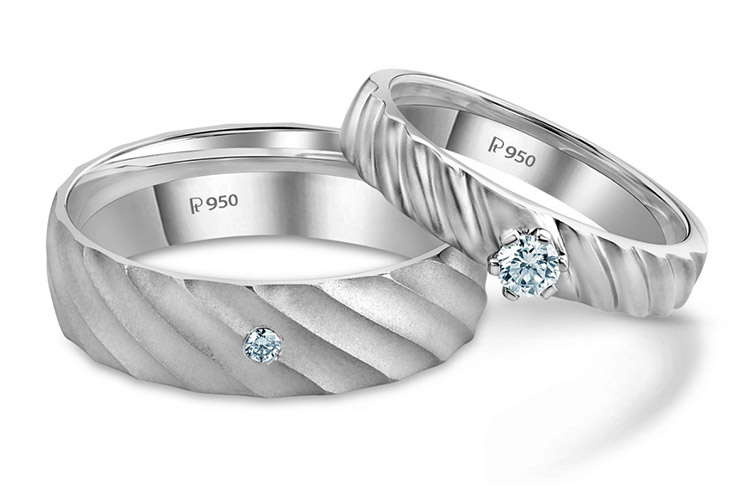Platinum Facts

Extraterrestrial
Meteorites and our moon contain a higher percentage of platinum than can be found on the Earth.
3,215°F
The melting point of platinum is 3,215 °F (1,768.4 °C) and the boiling point is 6,917 °F (3,825 °C).
95% Pure
Typically 95% pure, platinum is one of the purest precious metals.
Non-Reactive
Platinum is the least reactive metal known to man.
Defining the Kilo
The metric kilogram is still officially defined by a platinum-iridium cylinder made in 1879 which is held in Washington D.C. at the Bureau of Standards.
Rare
All the platinum ever produced would only cover your ankles in one Olympic sized swimming pool. All the gold ever produced would fill three Olympic sized swimming pools. Twice as much steel is poured in the United States in only one day than the total world’s platinum production in one year.
Strategic
During World War II, non-military use of platinum was banned in the United States, as it was deemed a strategic metal.
Strong
One gram of platinum can be stretched into a wire that is over 2,000 meters (over a mile) long.
Medical Grade
Platinum is the only material suitable for the electrodes required in the 600,000 heart pacemakers which are implanted each year.
Ductile
Platinum is very ductile, meaning it can be pounded into a sheet which is as thin as 100 atoms.
Heavy
Platinum is one of the heaviest metals. A six-inch cube of platinum weighs as much as an average human being.
Numismatic
Platinum was first used for coins in Russia in 1828.
Dense
Pure platinum’s density is 21.45 grams per cubic centimeter, making it one of the densest elements.
Source: World Platinum Investment Council